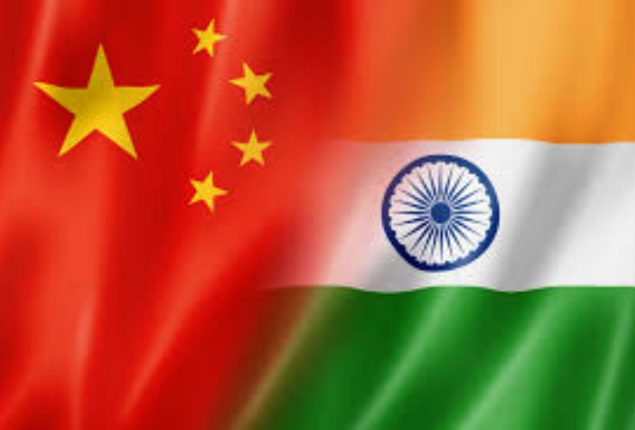
Dam
India is voicing alarm over China’s construction of the world’s largest hydropower dam in Tibet, warning it could slash dry-season flows of the Brahmaputra by up to 85%.
But critics note that New Delhi itself has been accused of weaponizing rivers, most recently by Pakistan after India suspended its participation in the 1960 Indus Waters Treaty earlier this year.
Beijing’s $170 billion Yarlung Zangbo project broke ground in July and could allow China to divert up to 40 billion cubic meters of water annually, according to an Indian government analysis seen by Reuters.
Delhi has fast-tracked its own countermeasure, the Upper Siang Multipurpose Storage Dam in Arunachal Pradesh, which would be India’s largest-ever, with 14 BCM capacity to store and release water during dry months.
Yet India’s claim to be a victim of Chinese “water aggression” is complicated by its own record. After clashing with Pakistan in May, New Delhi openly discussed diverting river flows away from its downstream rival. An international tribunal has since ordered India to respect the Indus treaty, a ruling Delhi has rejected.
India’s project also faces fierce local opposition in Arunachal Pradesh, where the indigenous Adi community has resisted survey teams, sometimes violently, saying villages and farmland would be submerged. At least 16 villages, home to some 10,000 people, would be directly lost. Activists argue India is willing to displace its own citizens while accusing Beijing of ecological recklessness.
Both China and India face criticism for pursuing mega-dams in a seismically fragile, flood-prone region where sudden surges or infrastructure failures could devastate millions downstream. Beijing insists its project will not harm neighbors and points to ongoing dialogue with India and Bangladesh.
Even if completed, India’s dam would likely lag years behind China’s, leaving New Delhi exposed to any water shocks from upstream. But with both sides using rivers as geopolitical leverage, analysts warn the Brahmaputra risks becoming another front in Asia’s power struggle.
Read More News On
Catch all the Pakistan News, Breaking News Event and Latest News Updates on The BOL News
Download The BOL News App to get the Daily News Update & Follow us on Google News.




